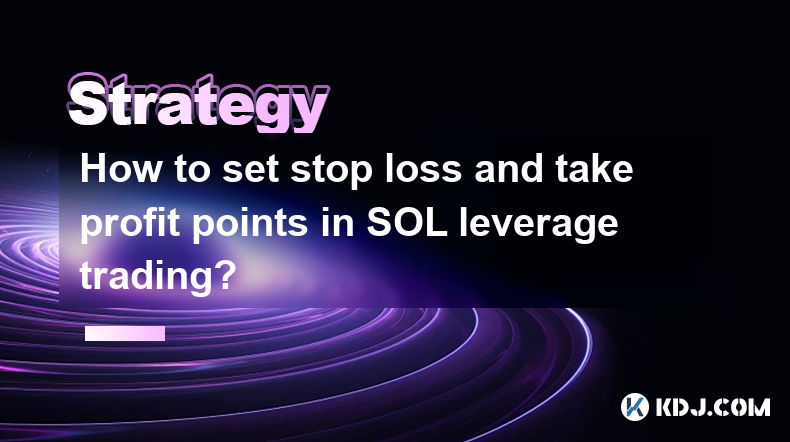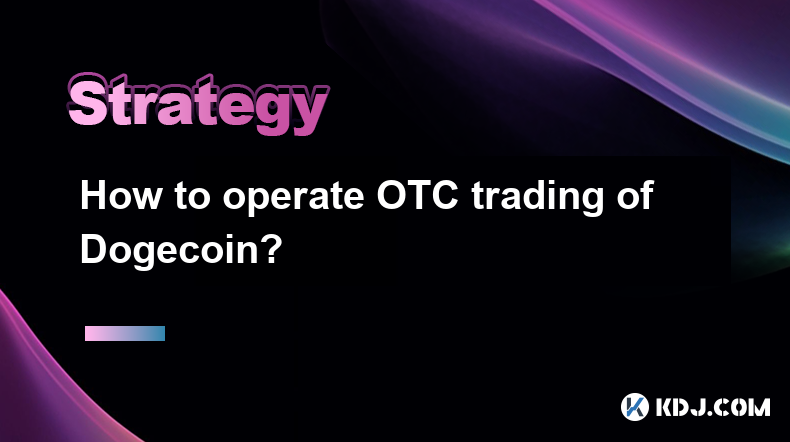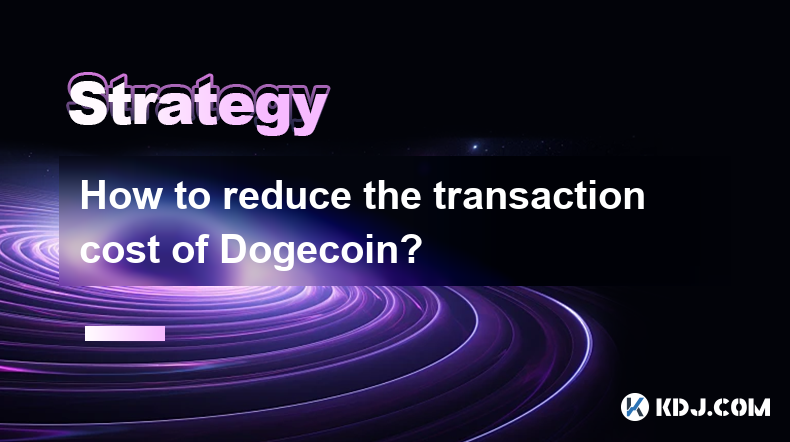-
 Bitcoin
Bitcoin $84,670.2229
-0.03% -
 Ethereum
Ethereum $1,590.1766
-0.37% -
 Tether USDt
Tether USDt $0.9999
0.00% -
 XRP
XRP $2.0803
-1.21% -
 BNB
BNB $591.4388
0.85% -
 Solana
Solana $134.3324
0.82% -
 USDC
USDC $1.0000
0.02% -
 TRON
TRON $0.2448
-1.33% -
 Dogecoin
Dogecoin $0.1555
-0.77% -
 Cardano
Cardano $0.6160
-0.55% -
 UNUS SED LEO
UNUS SED LEO $9.1458
-3.34% -
 Chainlink
Chainlink $12.6313
1.28% -
 Avalanche
Avalanche $19.1061
-0.86% -
 Stellar
Stellar $0.2442
2.76% -
 Toncoin
Toncoin $2.9962
1.36% -
 Shiba Inu
Shiba Inu $0.0...01202
1.15% -
 Hedera
Hedera $0.1658
3.79% -
 Sui
Sui $2.1296
1.05% -
 Bitcoin Cash
Bitcoin Cash $332.8741
-0.22% -
 Polkadot
Polkadot $3.7215
2.17% -
 Litecoin
Litecoin $75.7495
0.64% -
 Hyperliquid
Hyperliquid $16.6482
-0.02% -
 Dai
Dai $1.0000
0.01% -
 Bitget Token
Bitget Token $4.3709
-0.17% -
 Ethena USDe
Ethena USDe $0.9991
0.01% -
 Pi
Pi $0.6208
2.80% -
 Monero
Monero $219.0868
0.91% -
 Uniswap
Uniswap $5.2043
-0.30% -
 Pepe
Pepe $0.0...07151
-1.97% -
 OKB
OKB $50.1430
-2.43%
How to set stop loss and take profit points in SOL leverage trading?
Mastering Solana (SOL) leverage trading requires setting strategic stop-loss and take-profit orders, factoring in market volatility and personal risk tolerance. Different order types offer varying levels of control and execution certainty. Always prioritize risk management.
Mar 23, 2025 at 04:50 pm

Key Points:
- Understanding leverage in SOL trading and its inherent risks.
- Defining stop-loss and take-profit orders and their crucial roles in risk management.
- Strategies for determining appropriate stop-loss and take-profit levels for SOL leverage trades.
- Utilizing different order types to execute stop-loss and take-profit orders effectively.
- The importance of considering market volatility and personal risk tolerance.
How to Set Stop Loss and Take Profit Points in SOL Leverage Trading?
Leverage trading in cryptocurrencies like Solana (SOL) offers the potential for amplified profits, but it also significantly increases risk. Successfully navigating this risk requires a robust understanding of stop-loss and take-profit orders. These orders automatically close your position when the price reaches a predetermined level, protecting your capital from substantial losses and securing your profits.
Before diving into setting specific levels, it's crucial to understand leverage itself. Leverage magnifies both gains and losses. A 10x leverage on a $100 trade means a 1% price increase nets you a 10% profit, but conversely, a 1% drop results in a 10% loss. This volatility underscores the importance of risk management techniques like stop-loss orders.
Determining your stop-loss point involves identifying a price level below your entry point where you're willing to accept a loss. Several methods exist. One common approach is to base it on a percentage of your investment, like 5% or 10%. Another method involves using technical analysis indicators such as support levels or moving averages to identify potential price reversal points. A conservative approach is always advisable, especially for beginners.
Setting your take-profit point involves deciding at what price you'll secure your profits. This is usually set above your entry point, reflecting your profit target. Similar to stop-loss, you can determine this based on percentage gains, price targets identified through technical analysis (resistance levels, etc.), or a combination of both. Remember, realizing profits is just as important as limiting losses.
There are different order types you can use to execute your stop-loss and take-profit orders effectively. These include:
- Stop-Market Order: This order triggers a market order when the specified stop price is reached. It guarantees execution but might not be filled at the exact stop price, especially during volatile market conditions.
- Stop-Limit Order: This order triggers a limit order when the stop price is hit. It allows you to specify a price at which you want to sell, providing more control over the execution price, but there's a risk of the order not filling if the price doesn't reach your limit price.
Choosing between these order types depends on your risk tolerance and market conditions. In highly volatile markets, a stop-market order might be preferable for guaranteed execution, while a stop-limit order offers more control in calmer markets. Always carefully consider the implications of each order type before placing it.
Market volatility plays a critical role in setting stop-loss and take-profit levels. During periods of high volatility, wider stop-losses might be necessary to avoid premature liquidation. Conversely, in less volatile markets, tighter stop-losses can be used. Your personal risk tolerance is another crucial factor. More risk-averse traders will generally prefer wider stop-losses and smaller leverage.
Successfully managing risk in SOL leverage trading demands a disciplined approach. It's vital to continuously monitor the market, adjust your stop-loss and take-profit levels as needed, and avoid emotional decision-making. Never invest more than you can afford to lose. Consider practicing with a demo account before using real funds. Always research thoroughly and understand the risks involved before entering any leveraged trade.
Common Questions:
Q: What happens if the price gaps through my stop-loss order?
A: With a stop-market order, a significant price gap can lead to execution at a less favorable price than your intended stop-loss. A stop-limit order may not fill at all if the price gaps past your limit price.
Q: How do I choose the right leverage for my SOL trades?
A: The appropriate leverage depends on your risk tolerance and trading experience. Beginners should start with lower leverage (e.g., 2x or 3x) and gradually increase it as they gain experience.
Q: Can I modify my stop-loss and take-profit orders after placing them?
A: Yes, most exchanges allow you to modify or cancel pending stop-loss and take-profit orders before they are triggered. However, it’s important to do this strategically and avoid chasing losses or profits.
Q: Are there any other risk management techniques besides stop-loss and take-profit orders?
A: Yes, other risk management techniques include position sizing (limiting the amount you invest in a single trade), diversification (spreading your investments across multiple assets), and using trailing stop-loss orders (which adjust automatically as the price moves in your favor).
Q: What are the fees associated with using leverage and placing orders?
A: Fees vary depending on the exchange you use. You'll typically pay trading fees on both entry and exit, as well as potential funding fees for leveraged positions. Check your exchange's fee schedule for details.
Disclaimer:info@kdj.com
The information provided is not trading advice. kdj.com does not assume any responsibility for any investments made based on the information provided in this article. Cryptocurrencies are highly volatile and it is highly recommended that you invest with caution after thorough research!
If you believe that the content used on this website infringes your copyright, please contact us immediately (info@kdj.com) and we will delete it promptly.
- By [Author’s Name] | April 18, 2025 | Market & Crypto Insights
- 2025-04-18 20:10:14
- Andreessen Horowitz Invests $55M in LayerZero to Back Cross-Chain Future
- 2025-04-18 20:10:14
- Is ADA at $2 a Dream Cardano Can Achieve?
- 2025-04-18 20:05:14
- Base (L2) Network Faces Backlash After Promoting a Rug-Pull Memecoin That Crashed 90%
- 2025-04-18 20:05:14
- Altcoins may see a resurgence in the second quarter of 2025 as regulations for digital assets continue to improve
- 2025-04-18 20:00:13
- Solana (SOL) rides the green wave, topples Bitcoin in returns
- 2025-04-18 20:00:13
Related knowledge

How to set a stop loss order for TRX?
Apr 18,2025 at 05:22pm
Setting a stop loss order for TRX (Tron) is a crucial strategy for managing risk and protecting your investment in the volatile cryptocurrency market. A stop loss order automatically sells your TRX when the price reaches a certain level, helping you limit potential losses. This article will guide you through the process of setting a stop loss order for ...

How to determine the right time to buy AVAX?
Apr 18,2025 at 07:14pm
Determining the right time to buy AVAX, the native cryptocurrency of the Avalanche blockchain, involves a combination of technical analysis, market sentiment analysis, and understanding the broader economic environment. Here’s a detailed guide to help you make an informed decision. Understanding AVAX and Its EcosystemAVAX is the primary token used withi...

How to operate OTC trading of Dogecoin?
Apr 17,2025 at 03:08am
How to operate OTC trading of Dogecoin? Over-the-counter (OTC) trading of cryptocurrencies like Dogecoin offers an alternative to traditional exchange-based trading. OTC trading can be particularly advantageous for large volume trades, providing more privacy and flexibility. This guide will walk you through the steps and considerations for conducting OT...

How to avoid slippage in Dogecoin transactions?
Apr 17,2025 at 11:07am
Slippage in cryptocurrency transactions, including those involving Dogecoin, refers to the difference between the expected price of a trade and the price at which the trade is actually executed. Slippage can occur due to market volatility, low liquidity, or delays in transaction processing. For Dogecoin traders, understanding and minimizing slippage is ...

How to reduce the transaction cost of Dogecoin?
Apr 17,2025 at 10:35pm
Understanding Dogecoin Transaction CostsDogecoin, like many cryptocurrencies, involves transaction costs that users must pay to process their transactions on the blockchain. These costs, known as transaction fees, are essential for incentivizing miners to validate and include transactions in the blockchain. Reducing these costs can significantly enhance...

How to analyze the candlestick chart of Dogecoin?
Apr 18,2025 at 11:28am
Analyzing the candlestick chart of Dogecoin is an essential skill for any cryptocurrency trader or investor looking to make informed decisions based on market trends and price movements. Candlestick charts provide a visual representation of price action over a specific time period, offering insights into the market sentiment and potential future price m...

How to set a stop loss order for TRX?
Apr 18,2025 at 05:22pm
Setting a stop loss order for TRX (Tron) is a crucial strategy for managing risk and protecting your investment in the volatile cryptocurrency market. A stop loss order automatically sells your TRX when the price reaches a certain level, helping you limit potential losses. This article will guide you through the process of setting a stop loss order for ...

How to determine the right time to buy AVAX?
Apr 18,2025 at 07:14pm
Determining the right time to buy AVAX, the native cryptocurrency of the Avalanche blockchain, involves a combination of technical analysis, market sentiment analysis, and understanding the broader economic environment. Here’s a detailed guide to help you make an informed decision. Understanding AVAX and Its EcosystemAVAX is the primary token used withi...

How to operate OTC trading of Dogecoin?
Apr 17,2025 at 03:08am
How to operate OTC trading of Dogecoin? Over-the-counter (OTC) trading of cryptocurrencies like Dogecoin offers an alternative to traditional exchange-based trading. OTC trading can be particularly advantageous for large volume trades, providing more privacy and flexibility. This guide will walk you through the steps and considerations for conducting OT...

How to avoid slippage in Dogecoin transactions?
Apr 17,2025 at 11:07am
Slippage in cryptocurrency transactions, including those involving Dogecoin, refers to the difference between the expected price of a trade and the price at which the trade is actually executed. Slippage can occur due to market volatility, low liquidity, or delays in transaction processing. For Dogecoin traders, understanding and minimizing slippage is ...

How to reduce the transaction cost of Dogecoin?
Apr 17,2025 at 10:35pm
Understanding Dogecoin Transaction CostsDogecoin, like many cryptocurrencies, involves transaction costs that users must pay to process their transactions on the blockchain. These costs, known as transaction fees, are essential for incentivizing miners to validate and include transactions in the blockchain. Reducing these costs can significantly enhance...

How to analyze the candlestick chart of Dogecoin?
Apr 18,2025 at 11:28am
Analyzing the candlestick chart of Dogecoin is an essential skill for any cryptocurrency trader or investor looking to make informed decisions based on market trends and price movements. Candlestick charts provide a visual representation of price action over a specific time period, offering insights into the market sentiment and potential future price m...
See all articles
























































































